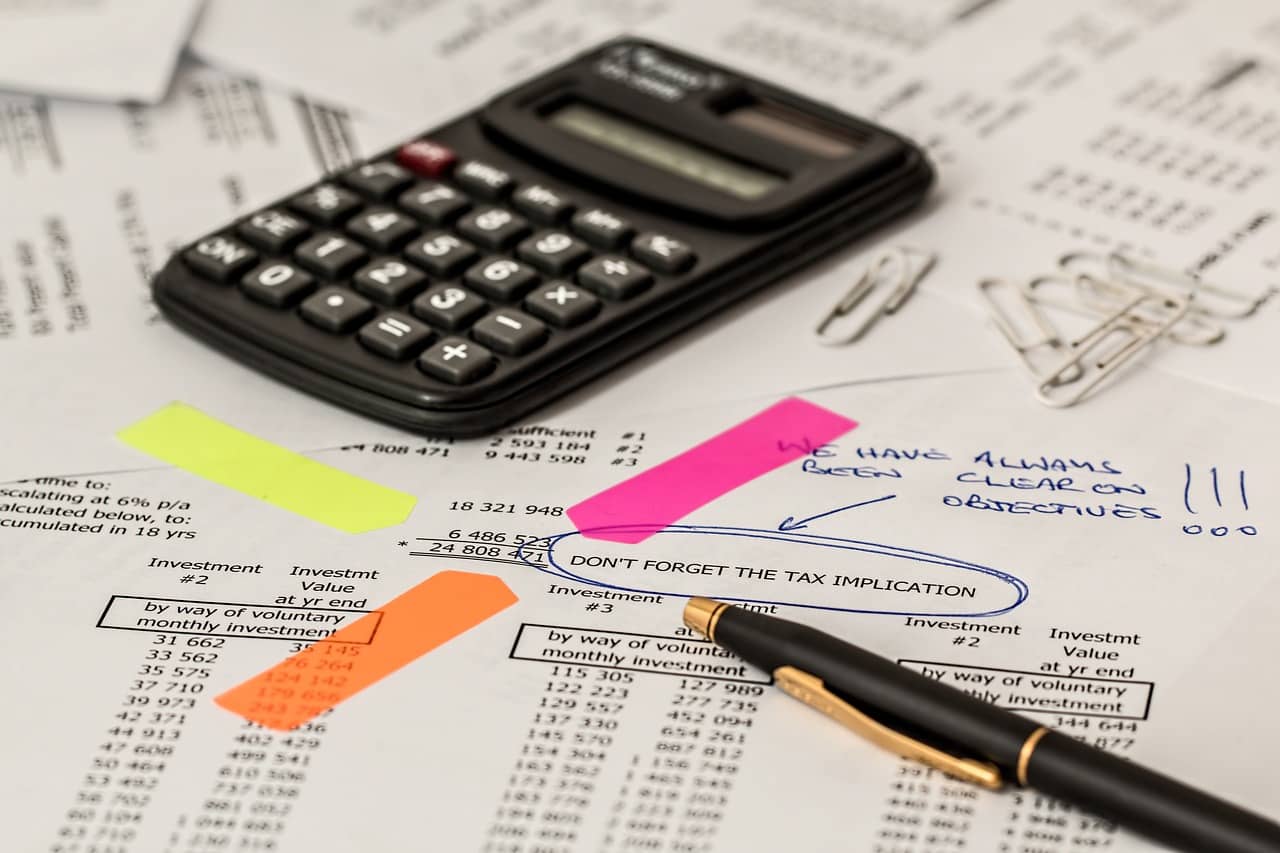Estimated reading time (in minutes)

Unpaid invoices have long been the main source of financial difficulty for businesses. However, there are many legal tools to defend yourself.
Request payment of the invoice:
If a customer fails to pay one or more invoices within the agreed period, the company must promptly send him a letter of formal notice. This must be explicit and give details of the sums due: amount of the invoice and any interest on late payment. It must be written carefully because this document will be a key document in the event of legal action.
Guarantee against insolvency:
The company may not be the only one not to have been paid by the customer. To guard against this eventuality and be sure of obtaining payment of the invoice, it is necessary to request a precautionary measure from the enforcement judge: the company requests that an asset or a debt be made unavailable to allow the future payment of the invoice. It can also request a movable or immovable guarantee on an element of its assets.
Initiate legal proceedings:
The action for payment follows the unsuccessful attempt at amicable collection. Three main types of legal procedure can be implemented.
– Firstly, the payment order, which is recommended for low-value claims;
– For debts of a higher amount, there is the summary provision: it is an accelerated procedure, but no serious dispute of the debt must be made by the debtor;
– Otherwise, a subpoena must be initiated, which is a longer procedure.
In each case, the company asks for payment of the invoice, default interest and possible reimbursement of defense costs.
Enter a bailiff:
If, despite a court decision, the customer still refuses to pay the sums due, it is necessary to proceed to the forced collection. A bailiff will then seize a property or a debt of the client to allow the payment of the amount of the debt from the amounts seized, or by the forced sale of the seized goods. It is important to properly inform the bailiff beforehand about the client’s assets.
DAMY Law Firm , Nice, Unpaid invoices, Update 2022
